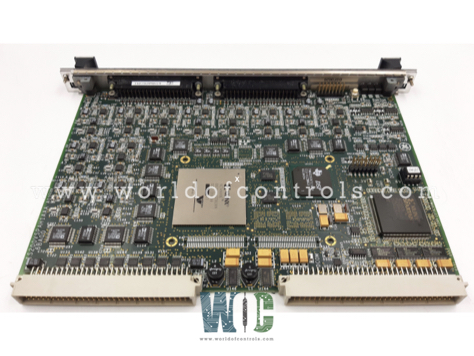
World Of Controls understands the criticality of your requirement and works towards reducing the lead time as much as possible.
IS200VSPAH1ACC - Monitoring Card Assembly is available in stock which ships the same day.
IS200VSPAH1ACC - Monitoring Card Assembly comes in UNUSED as well as REBUILT condition.
To avail our best deals for IS200VSPAH1ACC - Monitoring Card Assembly, contact us and we will get back to you within 24 hours.
Part No.: IS200VSPAH1ACC
Manufacturer: General Electric
Country of Manufacture: United States of America (USA)
Technology: Surface-mount
Temperature Operating: -30 to 65 oC
Product Type: Monitoring Card Assembly
Availability: In Stock
Series: Mark VI
IS200VSPAH1ACC is a monitoring card assembly developed by GE. It is a part of Mark VI control system. The Mark VI system is offered in two configurations, a simplex control or a triple modular redundant (TMR) control, with options for single or multiple racks and both local and remote I/O. Its I/O interface is specifically designed to connect directly to turbine sensors and actuators. This direct interface eliminates the need for interposing instrumentation, thereby enhancing reliability and reducing maintenance requirements associated with intermediary devices.
The WOC team is always available to help you with your Mark VI requirements. For more information, please contact WOC.
What is IS200VSPAH1ACC?
It is a monitoring card assembly developed by GE under the Mark VI series.
Is redundant cable operation available for the UDH?
Yes, redundant cable operation is optional. If implemented, the system can continue to operate even if one of the cables experiences a fault.
How does redundancy affect the UDH network?
Even with dual cable networks, the UDH operates as one logical network. Redundant cables enhance reliability by ensuring continuous operation in case one cable fails.
Is fiber-optic communication supported by the UDH?
Yes, the UDH can utilize fiber-optic communication, which is an option that can enhance the speed and reliability of the network.